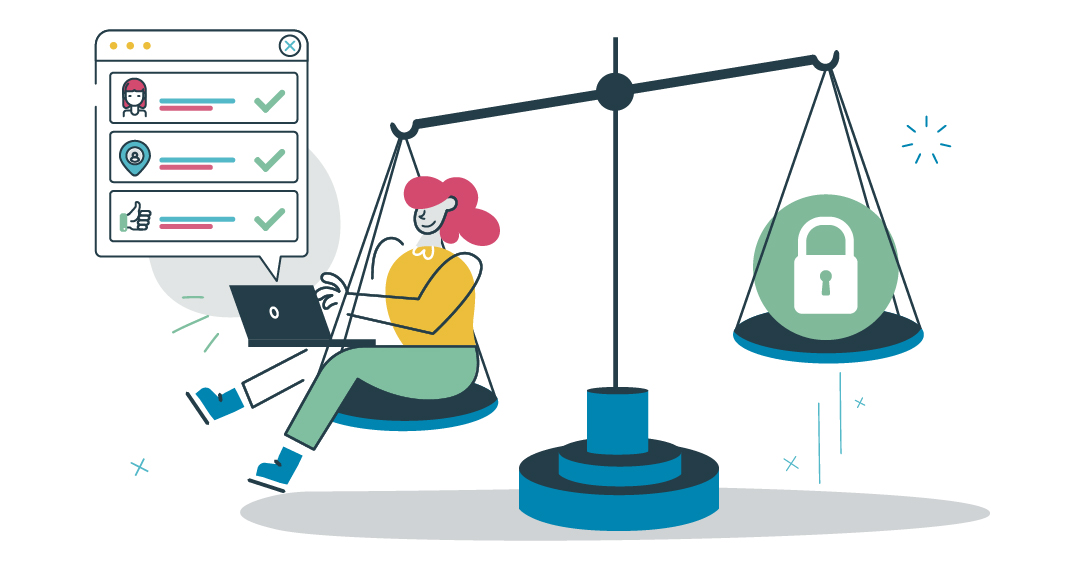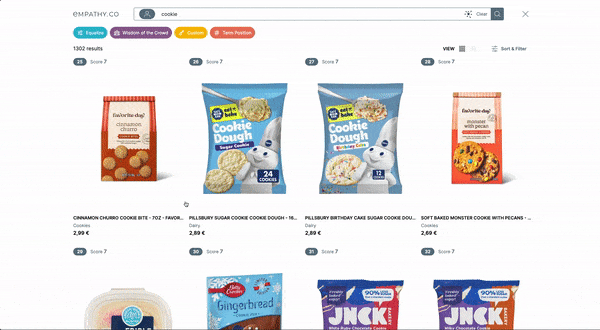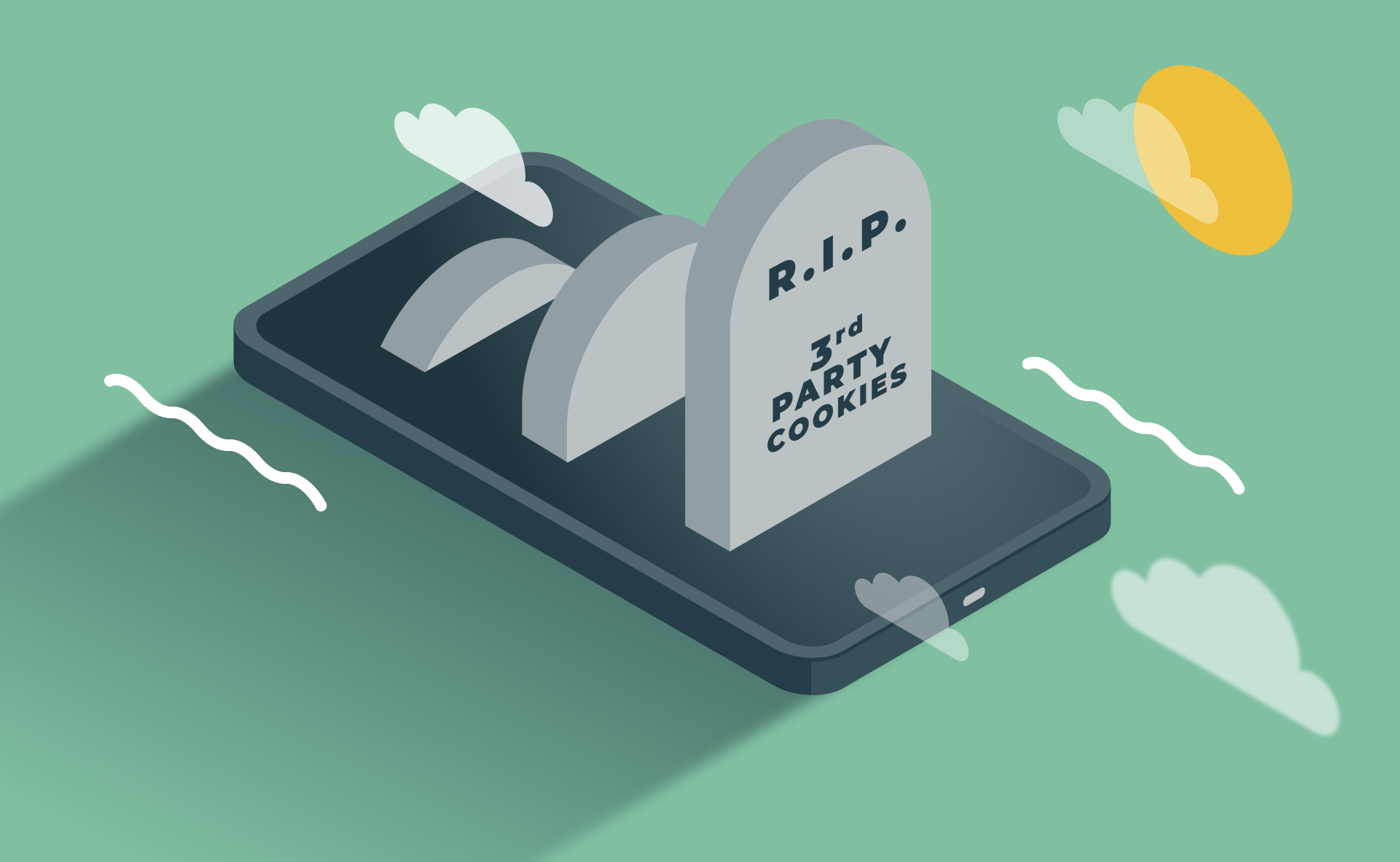Exposing the Privacy Myth: Part 1
Exposing the Privacy Myth: Part 1
It's time to think differently about privacy online
Welcome to part one of a new series on the tangled truths and downright deceptions around privacy online. Did I get your attention yet?
As a privacy advocate, I consider it my role to tell a different privacy story — one that’s more positive and invites you to take action. Not because I believe the current way we talk about privacy isn’t correct, but because we need a story that helps us better understand the challenges we face, both as an industry and as a society. So rather than looking at the current privacy-violating technologies, like third-party cookies, we have to challenge the underlying system that requires data collection in the first place. Only then can we start thinking of solutions that positively impact our societies and our businesses.
The uneasy talk about privacy
Something odd happens when we talk about privacy. You’re suddenly on edge because you know your privacy is at risk with every online interaction. Or you feel indifferent because, ‘hey, I’ve got nothing to hide’, and even if I did, what could I do about it?
And this isn’t just how we feel as individuals. For businesses, privacy is a source of tension as well. In every feature you build for your customers, you have to consider if you put your customer’s privacy at stake. So no matter your viewpoint as a person online or a business building digital products and experiences, the common denominator is the same. Privacy is viewed through a narrow lens: as a matter of concern.
And that’s a shame.
Ultimately, looking at privacy this way makes us oblivious. We overlook the beauty of privacy, its necessity for a healthy society, and (likely why you’re reading this) we miss the possibility of creating engaging experiences that will drive profitability.

A traditional perspective of privacy argues that in online experiences, our level of personalisation essentially decreases as our privacy increases. For example, a shopper’s journey buying shoes online is less personalised if they aren’t willing to give up personal data to brands. Interestingly, both proponents and opponents of this traditional perspective are backing a narrow view of privacy.
Proponents of collecting personal data argue it is a necessity for offering personalisation based on shopper’s journey so far. Opponents agree you need data for personalisation but argue for collecting less with more transparency.
So even as public awareness and concern for privacy grow and Data Protection Authorities (DPAs) demand change, Big Tech keeps steering the conversation — either by lobbying or the solutions they propose. What’s more, these solutions are sold as an improvement in privacy settings, but in fact, they only disguise the data collection better.
Opponents, and I consider myself part of this group, position themselves as the protectors of privacy, pointing out the dangers of our data being collected and used in a way we did not consent to. And companies reinforce this message as well. Apple, for example, has positioned itself as the protector of our privacy. And while this message helps create awareness and forces our governments to take action, it narrows our view and closes us off from the possibilities privacy has to offer. That’s because we focus on the question, ‘How can we make the current system work?’ instead of asking what other systems are out there.
On both sides of the spectrum, we keep putting privacy, and our lack of it, in a negative context. And even though it’s important to emphasise that our privacy needs protection, it should also be considered as a source for creating new and exciting (and personal!) experiences. But only if we change our narrow view on privacy can we use it as a valuable resource for better products.

Understanding the current frame of privacy and personalisation
When we go online, it doesn’t take long before we’re asked, ‘Do you want a customised experience, or do you want your privacy?’ But is this a fair question? And do we have to make this choice?
Today, privacy is presented as a state that comes at the cost of creating a joyful, personalised online experience. Whenever I enter an online store, I have to choose between my privacy (i.e. decline cookies and trackers) or a personalised experience that follows me around the web. To help me decide, most shops try to convince me to go for the second option to enjoy the complete experience.
I find it hard to understand that after all the trouble a shop has gone through to get me on their site, the first thing they do is ask me to hand over my information. Talk about missing the mark on a good first impression!
Because of its omnipresence, you would almost forget that this is a weird practice. Instead of choosing between my privacy or handing over my data at the door, I’d rather brands greet me with a warm welcome and invite me to explore this new and exciting place I just discovered — more like entering a physical store.
Now, one could argue that this unfortunate experience stems from regulation authorities forcing these annoying questions on me, but the problem lies deeper. In fact, directly asking the question with a simple accept or reject option gives me the feeling of being in control and of the shop respecting my sovereignty. (By the way, I always choose ‘Reject All’, and I can only recommend it.)
The fact that I have to select presumes a relation between a personalised experience and my privacy. And the way personalisation and advertising work today, this is indeed true. Most shops offer a ‘lesser’ experience if you don’t go all-in: content might not be shown, recommendations are off, or the site doesn’t work at all. Still, this representation is flawed because it assumes a non-negotiable correlation between the two, as if there were no other option.
As a company, this puts you in a difficult position. You want to give the best possible experience; for this, you need to know your customers’ preferences and make use of analytics tools to boost your sales. At the same time, you want to respect your customer’s privacy. And as a customer myself, I want my privacy respected.
What does the future of privacy look like?
Let’s recap:
- Privacy concerns put us all on edge: customers and companies alike.
- A traditional perspective argues our level of personalisation essentially decreases as our privacy increases.
- We need to break out of this narrow, negative view of privacy. It’s time to see privacy as a valuable resource for better products.
So how do we make this happen? How do we face the apparent tradeoffs between a personalised experience and safeguarding privacy?
Head over to part two for a new path to designing our way to privacy online.










